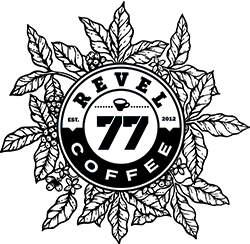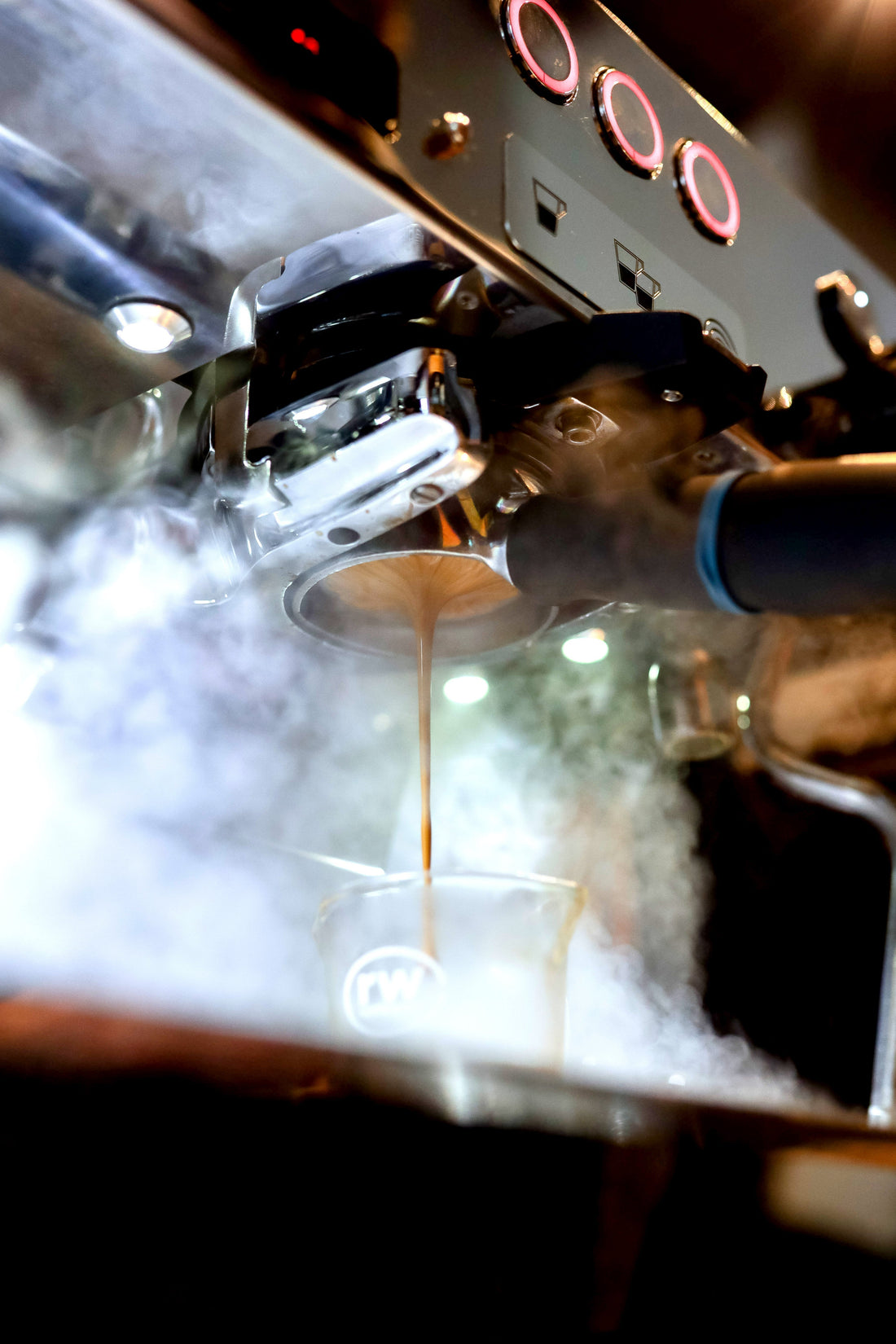Over the last few articles, we’ve been looking at the 4 Pillars of Excellent Coffee.
Pillar 1, and the cornerstone, is High Quality Coffee (and why most coffee in the US is not high quality).
Pillar 2 was on how roasters either ruin good coffee or hide bad coffee by roasting their coffee too dark.
Pillar 3 took an unexpected turn and discussed how your water could be ruining your coffee.
And now we’re onto Pillar 4, the brew.
Properly brewing your coffee is the final step in this process. However, if you have the other 3 pillars in place, this one becomes much easier.
If you don’t have high-quality beans that were properly roasted, it doesn’t matter how nice your water is, or how well you brew, you can’t polish a turd.
But assuming you have everything else in place, here’s a quick guide to getting a great brew at home every time.
Let’s Get Nerdy - Brew Science
When you’re brewing coffee, you are doing what scientists call “extraction.”
You are literally “extracting” certain compounds from the coffee and adding them to your beverage.
You don’t want all the compounds of the coffee, otherwise you’d just powderise it and stir it into your drink like hot cocoa or matcha.
Studies have found that ideal extraction is around 20%.
Meaning, if you’re using 20g of coffee in your pour over for French press, 4g of that coffee will dissolve out of the grounds and into your cup.
If you extract too little (say 18% or less), your coffee will taste vegetal, sour, and weak.
If you extract too much (say 22% or more), your coffee will taste ashy, astringent, and too strong.
It’s that Goldilocks zone that gets a balance of sweet and (good) bitter flavors we like in coffee.
So how do you do that?
The following breakdown is intended for pour overs, but can work with just about any brew style, except Espresso, which we’ll get to.
1) Use a scale for both coffee and water.
Volumetric measurements, specifically with coffee, are wildly inconsistent.
A tablespoon of one coffee is different from a tablespoon of another coffee.
Scales ensure consistent, quality brews every time.
2) Use a burr grinder.
Blade/Spice grinders will fail you. They will give you inconsistent grind particles. You can end up with massive chunks of beans all the way down to fines suitable for Turkish coffee.
This will give you a muddy cup. Some of those coffee particles will be severely under-extracted, while others will be severely over-extracted.
A burr grinder gives you a much more uniform grind size, which allows you to dial in the extraction in your brew and achieve ideal flavor clarity.
3) Use a Goosenecked kettle with water just off boil.
Using a goosenecked kettle is best because it gives you great control while also allowing the water to cool to the ideal temperature by the time it hits the coffee.
4) Start with the 16:1 Ratio and Go From There.
This is the golden rule of coffee brewing.
For every gram of coffee, use 16 grams of water.
As an example, if you’re making a pour over with 20g of coffee, use 320g of water.
Tweak and dial from there.
If it tastes weak, sour, or vegetal – fine up your grind. You’re under-extracted and you need to get more out of your coffee.
If it tastes muddy, burnt, or even flavorless (“dead”) – Coursen your grind. You’re extracting too much and need to pull less out of your coffee.
Generally, all your brews should be between 3:30-4min.
If you’re brewing faster than that, you’re likely under-extracting your coffee. If it’s longer than that, you’re likely over-extracting your coffee.
HOWEVER, trust your taste buds. Some coffees extract perfectly fine outside of those perimeters. These are just guidelines. Ultimately, your taste buds will guide you.
If you want a more specific guide to pour overs, French press, or cold brew, click the links below. But these basics will get you pretty far for most methods.
Espresso Guide
If you’ve got an at-home espresso machine, things will be a little different.
Espresso is different brewing style and produces a different kind of coffee drink (one that I personally love).
In other brewing methods you’re dissolving coffee out of the grounds and into your cup.
With espresso, you’re using pressure to “erode” the coffee into your drink. Think of a waterfall taking bits of the riverbed with it as it rushes by.
Pretty cool stuff.
Most espresso drinks enjoy a 2:1 output ratio.
For example, if you’re pulling an espresso shot of 18g of coffee, your output weight should be 36g.
And generally, you’ll achieve ideal extraction at that ratio if you shot pulls between 25s – 35s.
HOWEVER AGAIN, trust your taste buds. Just because a shot pulled fast or long doesn’t automatically mean it’s bad— try it. See how you like it and adjust.
Depending on the coffee and your equipment, you may need to try a different recipe.
To achieve the best coffee at our café in Spokane, we’ve found an ideal recipe of 19g of coffee with an output of 45g around 32-34s.
But everyone’s setup will be different.
You just have to drink a lot of coffee and figure out what you like.
Trust Your Buds
In all of this, you must learn to trust your taste buds.
Not matter what videos you watch on YouTube or social media, let your taste buds guide you.
Assuming you’ve started with good coffee and are using good water, if it’s sour, it’s probably under-extracted.
If it’s flat or flavorless, it’s probably over-extracted.
But just remember, you’re never going to get red fruit notes from a coffee that doesn’t have them.
And no matter what you do, you can’t get rid of the roasty burnt flavor of over-roasted coffee.
Your brew can only pull out flavors that are actually in the bean.
No amount of barista magic will make a floral, lemony coffee taste like cranberries and blueberries.
In Conclusion
Coffee has come a long way from diners and Folgers.
We are in a new era of coffee in the world and it’s glorious.
Hopefully our journey to offer the best coffee in Spokane helps brew better coffee at home, no matter where you are.
As long as you have good coffee, roasted well, prepared with good water, and brewed properly, you’re in for an ever-evolving world of flavors and joy.
I hope you found this brief guide helpful.
Happy sipping,
Sean Edwards
Owner/Head Roaster

